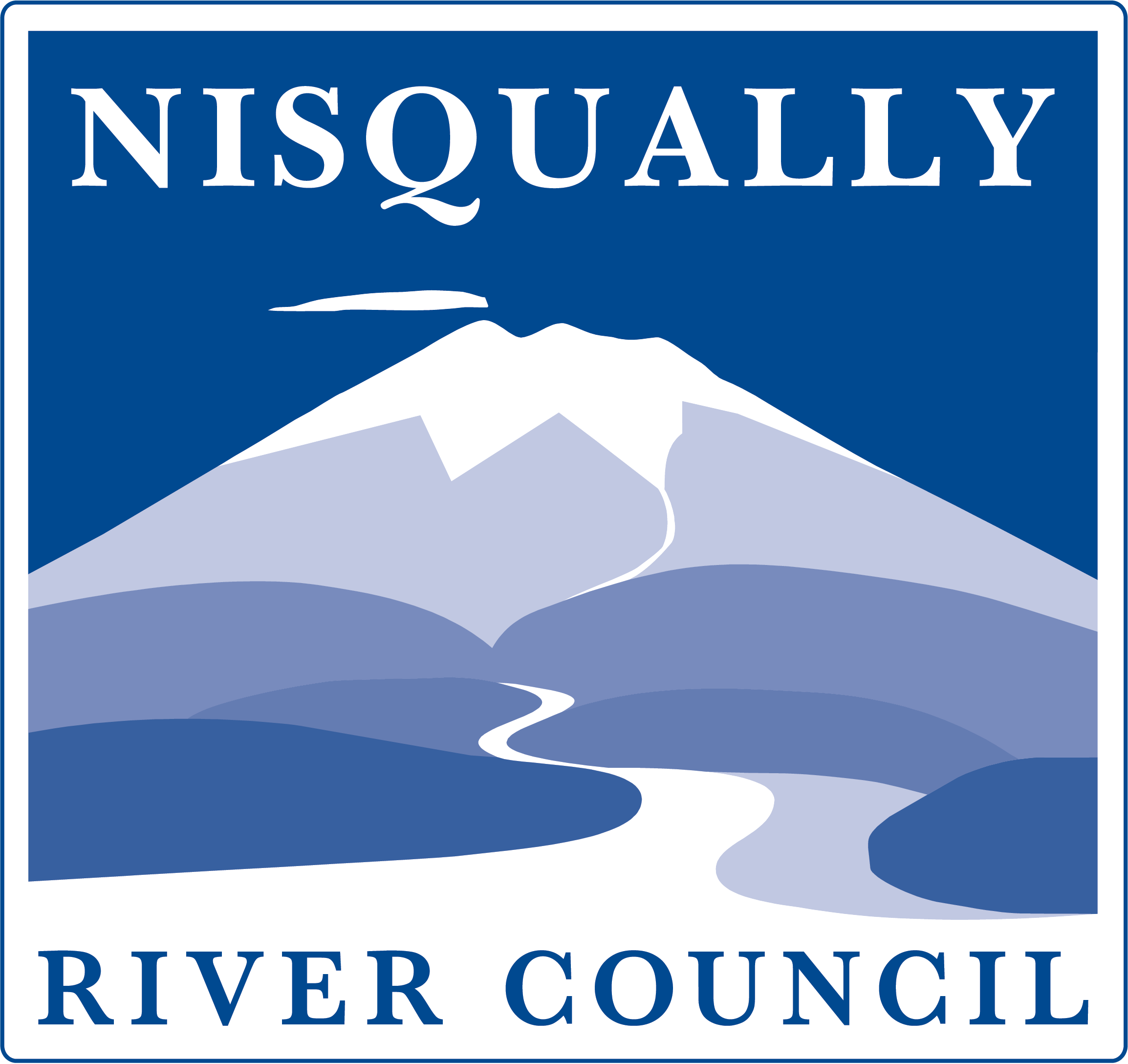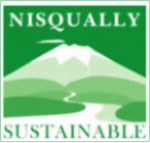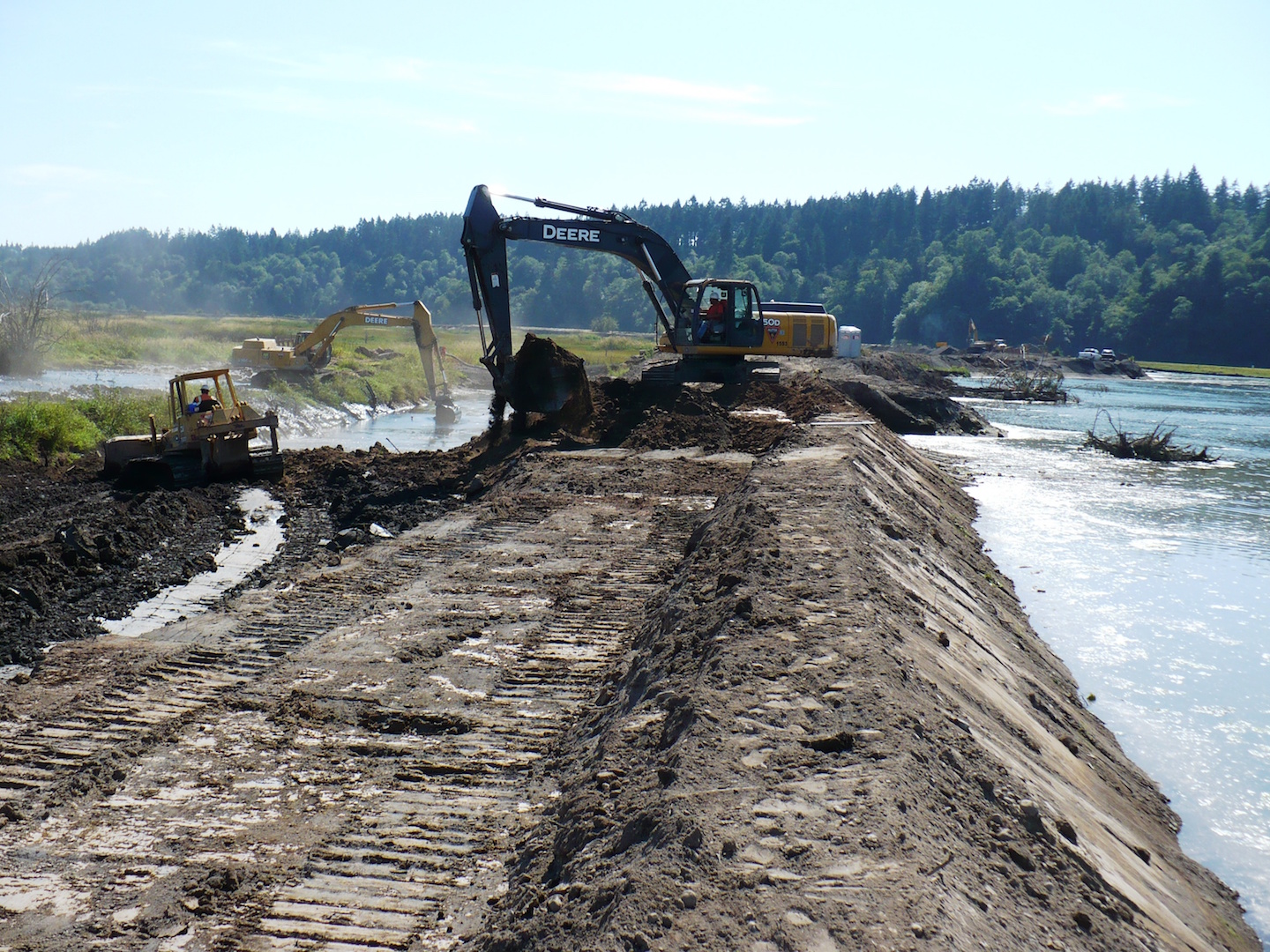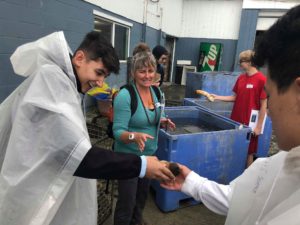
“The edge of the sea is a strange and beautiful place,” Rachel Carson said. Who could disagree? Within a few short minutes on a Puget Sound beach, you may see eagles, shore crabs, herons; walk on barnacles, oyster shells, and slippery seaweed; smell the distinctive scent of low tide and salt water. The edge of the sea engages all our senses, connecting us to this special ecosystem on a personal level.
Middle and high school students from the South Puget Sound area experienced the strangeness and beauty of the edge of the sea with our Climate Literacy, Action, and Monitoring in South Sound (CLAMSS) field trips this spring. Partnering with South Sound GREEN, Nisqually Reach Nature Center, and Pacific Shellfish Institute, we created a marine ecology field trip centered on the rising issue of ocean acidification with funding from NOAA’s Bay Watershed Education and Training (B-WET) Program. Students from Olympia schools visited Zittel’s Marina, and students within the NREP program–North Thurston and Bethel districts for this activity–visited Luhr Beach at Nisqually Reach Nature Center.
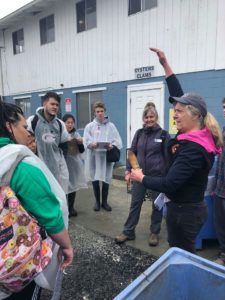
High school students learned about local plankton species from staff at the Pacific Shellfish Institute, tested water quality, learned about the four Earth spheres in context of human impacts, and toured National Fish and Oyster Company to get a closer look at the local shellfish farming industry. Middle school students had a slightly different program, which incorporated benthic and crab surveys, and a fish senie in place of water sampling and the Earth spheres activity.
Ocean acidification is a relatively recently discovered crisis happening now. We are familiar with the effect of CO2 on the atmosphere, causing climate change. Ocean acidification is sometimes called the “other CO2 problem.” Originally it was considered a benefit that oceans absorbed so much carbon from the atmosphere. Now, however, the full impacts of this absorption are beginning to be studied and understood. Oceans absorb about 30% of all carbon dioxide emissions. This carbon dioxide becomes carbonic acid in the water, which breaks down into hydrogen ions and bicarbonate. An increase in hydrogen ions increases acidity. An increase in bicarbonate means there are fewer carbonate ions, which shelled organisms use to build their shells. To understand the significance of changes in pH, we (the public as well as our high school and middle school students!) must keep in mind the basics of the pH scale. This is a logarithmic scale, which means that each one-fold change in the pH equates to a ten-fold difference in the number of hydrogen ions. Ocean pH should be 8.2; it has changed to around 8 since the industrial revolution. If you are interested in learning more about the chemistry of ocean acidification, check out NOAA’s Ocean Acidification Program page for more details. If you are overwhelmed by the chemistry of this issue, you are not alone!
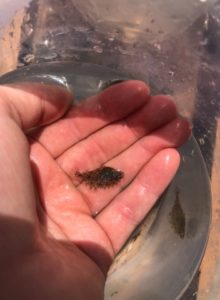
What does all this mean for Puget Sound? Local shellfish farmers have to import juvenile oysters from Hawaii instead of raising them here because there is low survival in the more acidic waters of Puget Sound. Dungeness crab larvae are increasingly vulnerable as their protective shells become harder to develop.
We used aspects of our nearshore field trips from previous years for this program, but the overarching theme of these trips was new for NREP and SSG. We were learning alongside students; because ocean acidification is only now being thoroughly studied, teaching this concept was a unique challenge. How could we connect students to this hard-to-grasp concept?
We wanted to make ocean acidification more accessible and applicable through hands-on lessons, and allow students to interact with the things that will be directly impacted by an increasingly acidic ocean. This is why we feel field trips are necessary for more enriching education, why we bring students out to the beach to learn about this concept. This is where the first step of turning students into stewards for the environment can begin. Many students who live less than an hour from Puget Sound had never explored a beach before! How can we expect students to care about threatened ecosystems if they have never visited and have no personal relationship to them?
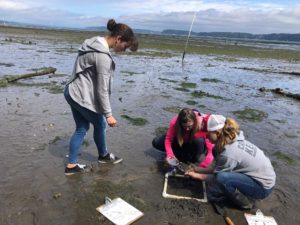
We are excited to offer our CLAMSS trips again in the upcoming school year, introduce more local students to the strangeness and beauty of the edge of the sea, and the threats to this special environment.
